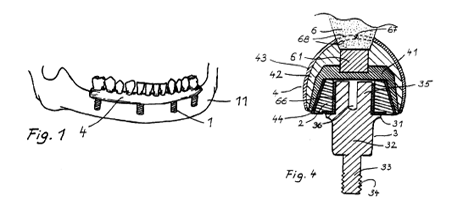The screw that tricks the body
Chance paved the way for an invention that is used all over the world today. If Per-Ingvar Brånemark had not discovered a growth attachment instrument and taken the decision to carry out further research, we may not have had any titanium screws within medicine today.
Chance discovery
In an experiment during the 1950s, Per-Ingvar Brånemark discovered that an instrument made out of titanium had grown on to the skeleton of a rabbit. Normally, the body resists and rejects foreign matter. Per-Ingvar Brånemark did further research and succeeded in creating the method which is applied today for the attachment of a number of different artificial limbs.
Fixing of teeth
The method, known as osseointegration, was used for the first time in 1965 to provide a toothless patient with new teeth. The technique is built on anchoring titanium directly to the jawbone without the need for any adjacent tissue. Over a period of time, the titanium grows together with the skeleton. The body does not resist or reject the titanium, but instead believes that it is a part of the body. The titanium screw functions as a tooth root, on which the dentist can attach a new artificial crown or dental bridge. Today, the method is very developed and is also used to attach artificial legs and prostheses for the face.


